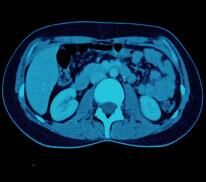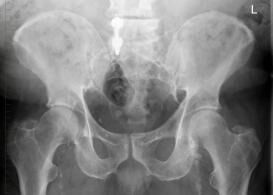Digital X-ray.
Melbourne Radiology Clinic offers the latest in digital imaging technology. Our sophisticated Digital Radiography unit replaces standard X-ray units, delivering a lower radiation dose whilst simultaneously providing superior imaging quality.
This technology also means that patients no longer have to wait for a standard X-ray film to be developed. Instead, the information obtained from the scan is directly converted to digital data and instantly appears on a computer screen where it is then electronically sent to our radiologist’s computer for reporting. For patients who are referred from medical clinics which receive reports and images electronically, the time spent at our clinic is further reduced. These patients may then leave as soon as the image is taken by our technical staff, without having to wait for any image or results. Read More
Bulk Billing X-rays
There is a wide range of services that the Australian government can subsidise as part of their “bulk billing” medical payment provision. “Bulk billing” effectively removes the need for a patient to pay a medical professional for a specific service. Instead, the payment for this service is covered by a Medicare benefit provided by the Australian government.
Services that can be covered under the “bulk billing” agreement include general visits to GPs and specialists, tests and scans like x-rays and pathology tests and eye tests performed by optometrists.
At Melbourne Radiology Clinic, a scan may be bulk billed if the examination is Medicare eligible and the patient holds a pension card, health care card or full time university student. If you require any scan including x-ray scan for knee pain, X-ray for shoulder injuries & any other radiological services, then Melbourne Radiology Clinic are your local specialists, with an expert team of X-ray scans.

X-Ray Whole Spine
and X-Ray Long Leg Views.
Our state of the art Digital Radiography system allows orthopaedic surgeons the ability to assess alignment of the legs as part of pre-operative assessment of a patient’s leg alignment before hip or knee replacement. This technology literally ‘stitches’ several X-ray studies of the legs together to provide one seamless image of the leg. It may also be used for assessment of the alignment of the entire spine. Spine surgeons, chiropractors, physiotherapists and osteopaths will find that this technology will form an integral part of the clinical assessment of their patients.
Further Information.
Referring doctors are welcome to discuss with our radiologists the imaging needs of their patients and whether X-ray is suitable for their patient’s medical condition.
Specialist Radiologists.
MSK & MRI Fellowship Trained Radiologists















